Related Research Articles
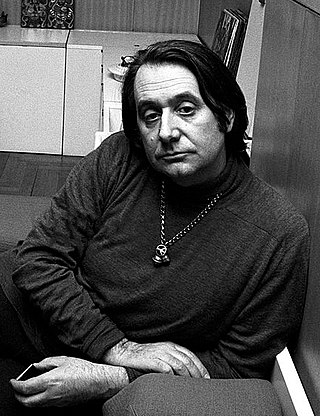
Ettore Sottsass was a 20th century Italian architect, noted for also designing furniture, jewellery, glass, lighting, home and office wares, as well as numerous buildings and interiors — often defined by bold colours.
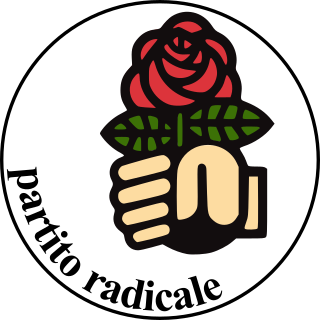
The Radical Party was a liberal and libertarian political party in Italy. For decades, the Radical Party was a bastion of anti-clericalism, civil libertarianism, feminism, liberalism and radicalism in Italy as well as environmentalism. The party proposed itself as the strongest opposition to the Italian political establishment, seen as corrupt and conservative. Although it never reached high shares of vote and never participated in government, the party had close relations with the other parties of the Italian left—from the Republicans and the Socialists to the Communists and Proletarian Democracy—and opened its ranks also to members of other parties through dual membership.

The Italian Radicals is a liberal and libertarian political party in Italy. Founded on 14 July 2001 with Daniele Capezzone as their first secretary, the party describes itself as "liberale, liberista [and] libertario", where liberale refers to political liberalism, liberista is an Italian term for economic liberalism, and libertario denotes a form of cultural liberalism concerning moral and social issues. According to its constitution, the party "as such and with its symbol does not take part in elections".
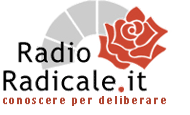
Radio Radicale is the official radio station of the Italian Radical Party. Founded in 1976 as part of the Radio libere movement, it has no commercial advertisements and is partly funded by the party, with support from the Italian government as part of an agreement for the broadcasting of Parliamentary sessions.

Mario Bellini (born February 1, 1935 in Milan) is an Italian architect, critic, and designer. He received a degree in architecture from Milan Polytechnic in 1959 and began working as an architect in the early 1960s. Like many other Italian architects of his generation, he is active in the fields of architecture and urban planning, industrial design, product design and furniture design.
Superstudio was an architectural firm, founded in 1966 in Florence, Italy by Adolfo Natalini and Cristiano Toraldo di Francia, later joined by Gian Piero Frassinelli, Alessandro and Roberto Magris, Alessandro Poli.

The Sacco chair, also called a bean bag chair,beanbag chair, or simply a beanbag, is a large fabric bag, filled with polystyrene beans, designed by Piero Gatti, Cesare Paolini and Franco Teodoro. The product is an example of an anatomic chair, as the shape of the object is set by the user.

Archizoom Associati was a design studio from Florence, Italy founded in 1966. The group that founded the studio consists of Andrea Branzi, Gilberto Corretti, Paolo Deganello and Massimo Morozzi ; later in 1968 the group was joined by Dario Bartolini (designer) and Lucia Bartolini (designer).

Centro per l'arte contemporanea Luigi Pecci is a contemporary art centre sited in Viale della Repubblica in Prato, Tuscany, Italy. The centre is devoted to exhibiting art produced during the past few decades. It houses a Museum of Contemporary Art, a Centre of Information and Documentation of visual arts and an education department.

Giuseppe Pagano was an Italian architect, notable for his involvement in the movement of rationalist architecture in Italy up to the end of the Second World War. He designed exhibitions, furniture and interiors and was an amateur photographer. He was also a long-time editor of the magazine Casabella.
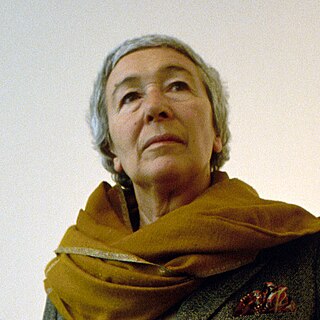
Gaetana "Gae" Aulenti was an Italian architect and designer who was active in furniture design, graphic design, stage design, lighting design, exhibition and interior design. She was known for her contributions to the design of important museums such as the Musée d'Orsay in Paris, the Contemporary Art Gallery at the Centre Pompidou in Paris, the restoration of Palazzo Grassi in Venice, and the Asian Art Museum of San Francisco. Aulenti was one of only a few women architects and designers who gained notoriety in their own right during the post-war period in Italy, where Italian designers sought to make meaningful connections to production principles, and influenced culture far beyond Italy. This avant-garde design movement blossomed into an entirely new type of architecture and design, one full of imaginary utopias leaving standardization to the past.
In Italian design, the Radical period took place in the late 1960s, with a shift in style among the avant-garde. Probably the most notable result of this avant-garde period is the installation called "Superarchitettura", made in Pistoia in 1966. Another important exhibition dedicated to radical design in Italy was held at MoMA in 1972.
Superarchitettura is a theoretical & conceptual framework, whose physical definition has been given at the homonymous 1966 exhibition, held at Jolly2, an art gallery of Pistoia, Italy.
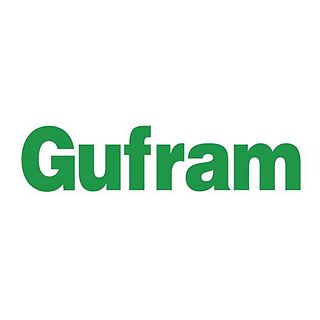
Gufram is an Italian seat and furniture manufacturer based in Barolo known for the influence it had in the field of industrial design and for helping to revolutionize the look of the furniture from the 1960s. Their sculptural art objects show the many influences of pop art, conceptual art, illusionism, naturalism and modern design.

Base / Progetti per l'arte is a non profit artist run space established in 1998 in Florence, Italy, by a collective of artists who live and work in Tuscany. Base in an idea by artists for other artists.

Michele de Lucchi is an Italian architect and designer.
Roberto Gargiani is an Italian architectural historian and a full professor at the École Polytechnique Fédérale de Lausanne (EPFL).
Adolfo Natalini was an Italian architect.

Andrea Branzi is a Florence-born Italian architect and designer. He currently lives and works in Milan and was a professor and chairman of the School of Interior Design at the Polytechnic University of Milan until 2009.
Tomoiku Ara is a Japanese architect and interior designer. He graduated from the Nihon University Department of Fine Arts.
References
- 1 2 3 Pezzato, Stefano (2012). UFO STORY. Italy: Centro per l'arte contemporanea Luigi Pecci. pp. 9–15, 252. ISBN 978-88-85191-40-2.
- 1 2 3 Navone, Paola; Orlandoni, Bruno (1974). Architettura 'radicale'. Italy: Casabella. p. 32.
- ↑ "Gianni Pettena / UFO". CASA MASACCIO ARTE CONTEMPORANEA (in Italian). 2015-06-12. Retrieved 2021-04-27.
- ↑ Eco, Umberto (1977). Dalla periferia dell'impero. Italy: Bompiani. p. 300.
- ↑ Marsala, Helga. "UFO, lampada Dollaro, 1969. Edizione degli UFO. Archivio Lapo Binazzi – UFO | Artribune" (in Italian). Retrieved 2021-04-27.
- ↑ "I Radicali UFO". Gianni Pettena (in Italian). Retrieved 2021-04-27.
- ↑ Pezzato, Stefano (2017). Utopie Radicali. Italy: Quodlibdet. pp. 246–276. ISBN 978-88-229-01 14-9.
- ↑ Rossi, Catherine (2018). Night Fever. Designing Club Culture 1960-Today. Belgium: Vitra Design Museum. p. 34. ISBN 978-3-945852-24-8.
- ↑ Exhibition catalog design as a postulate. using the example of Italy. Catalog and anthology for the exhibition at IDZ Berlin, Berlin: IDZ, 1973, pp. 118–119.
- ↑ Charlotte Fiell, Peter Fiell: Design of the 20th Century. Cologne: Taschen, 2000, p. 289.
- ↑ "Vitra | Dance!". Vitra. Retrieved 2021-04-27.
- ↑ "La febbre del sabato sera conquista il Vitra Design Museum". Sky Arte - Sky (in Italian). 2018-04-02. Retrieved 2021-04-27.
- ↑ "Build, baby, build: when radical architects did disco". the Guardian. 2015-11-22. Retrieved 2021-04-27.
- ↑ ""Radical Disco: Architecture and Nightlife in Italy, 1965 – 1975" at ICA, London •". Mousse Magazine (in Italian). 2015-12-24. Retrieved 2021-04-27.
- ↑ "Radical Utopias". Fondazione Palazzo Strozzi. Retrieved 2021-04-27.
- ↑ "Frac centre". www.frac-centre.fr (in French). Retrieved 2022-08-08.
- ↑ "UFO STORY. Dall'architettura radicale al design globale". Centro Pecci (in Chinese). Retrieved 2021-04-27.
- ↑ "Spazio Radicale". Centro Pecci (in Italian). Retrieved 2021-12-23.